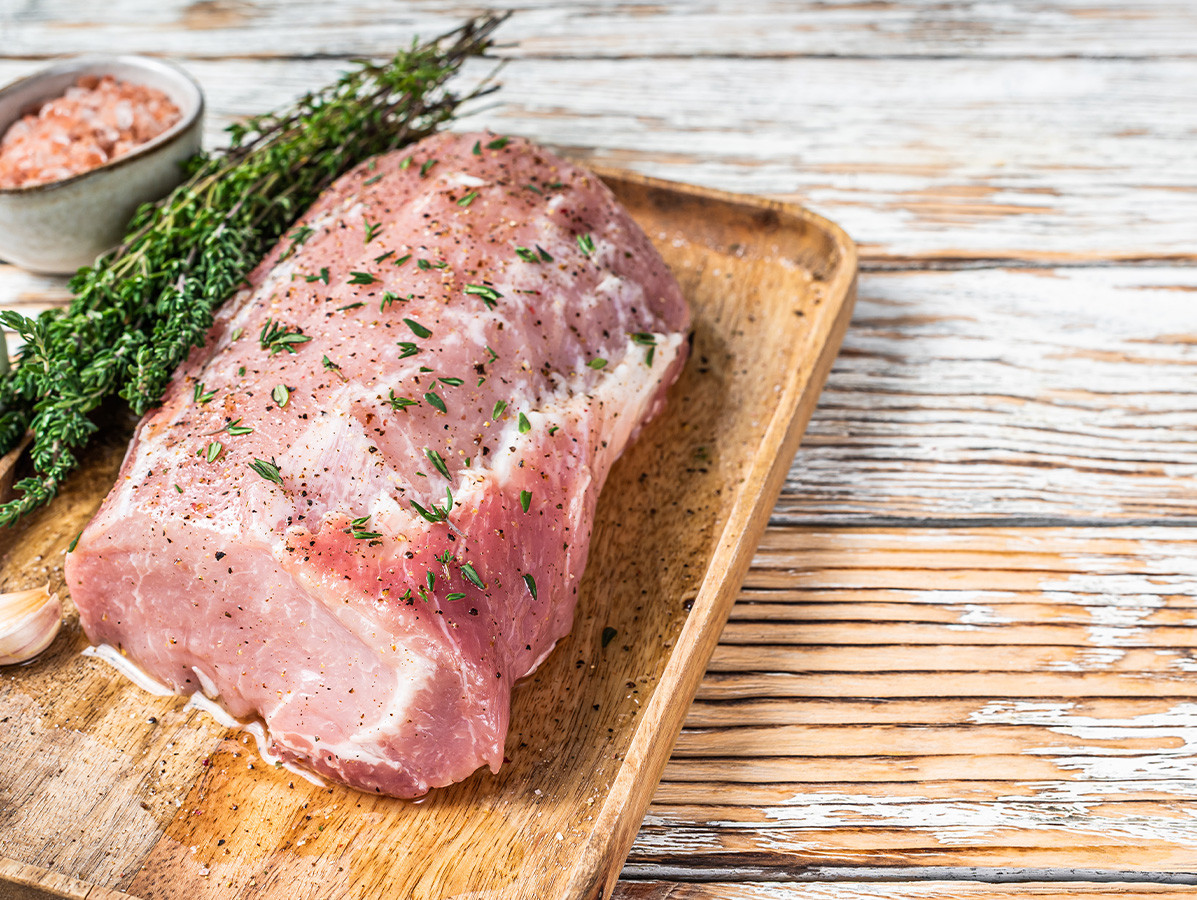
Pork quality encompasses many aspects. Besides taste and tenderness, these include texture, fat content, saturated and unsaturated fat ratio, water binding capacity, protein and fatty acid contents and the absence of micro-organisms and undesirable substances. Many of these aspects can be influenced by the producer, but things after production and processing also affect flavour, says Wageningen University & Research researcher Sara Erasmus.
The fatty acid composition of pork feed is important, specifically the long- and short-chain fatty acids affects the flavour of the meat. However, it is difficult to control this strongly with feed ingredients, as they also have effects on other aspects in processing, such as fat hardness and oxidation. Erasmus also points out that it is difficult to do good reliable taste tests. A trained panel can recognise differences in taste, but it is difficult for a consumer panel.
The researcher points out that there are also factors after slaughter and processing that influence the taste of pork. For instance, the time between slaughter, processing and consumption can affect flavour, but also, for instance, the type of cooking oil in which the meat is fried. Some meat quality characteristics can be influenced well before slaughter, such as occurrence of pale, soft meat, fat composition and hardness of bacon. Fat composition is related to feed composition. Specific fatty acids from the feed are reflected in the meat.
Feed with little fat makes the pig produce its own fatty acids. The taste of meat is strongly determined by the amount of fat. Strongly scented raw materials in pig feed thus have a negative effect on the smell and taste of the meat. Sufficient vitamin E in the feed is important to prevent this. Substances that cause boar taint are also found in the animal's fat.
The European mEATquality study should provide more insight into influencing factors from livestock farming on meat quality. In a multi-year study, data will be used to examine which factors influence quality in both organic and conventional production. It involves measurable factors such as animal welfare, breeds and feed types. During the project, taste panels will assess the meat and chemical and physical analyses will be carried out in a laboratory. It will also investigate whether people can sufficiently perceive differences.
Source: Foodholland